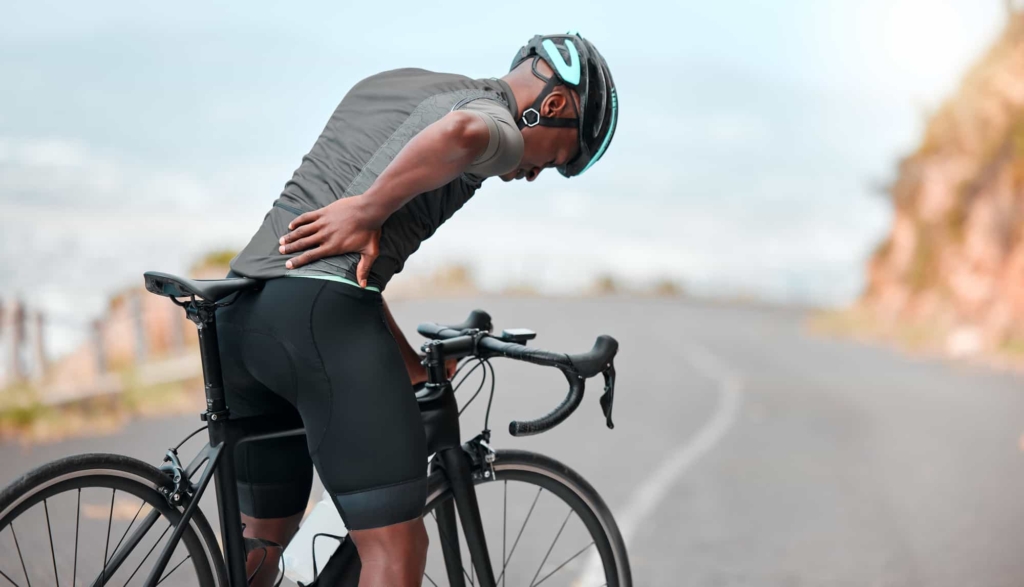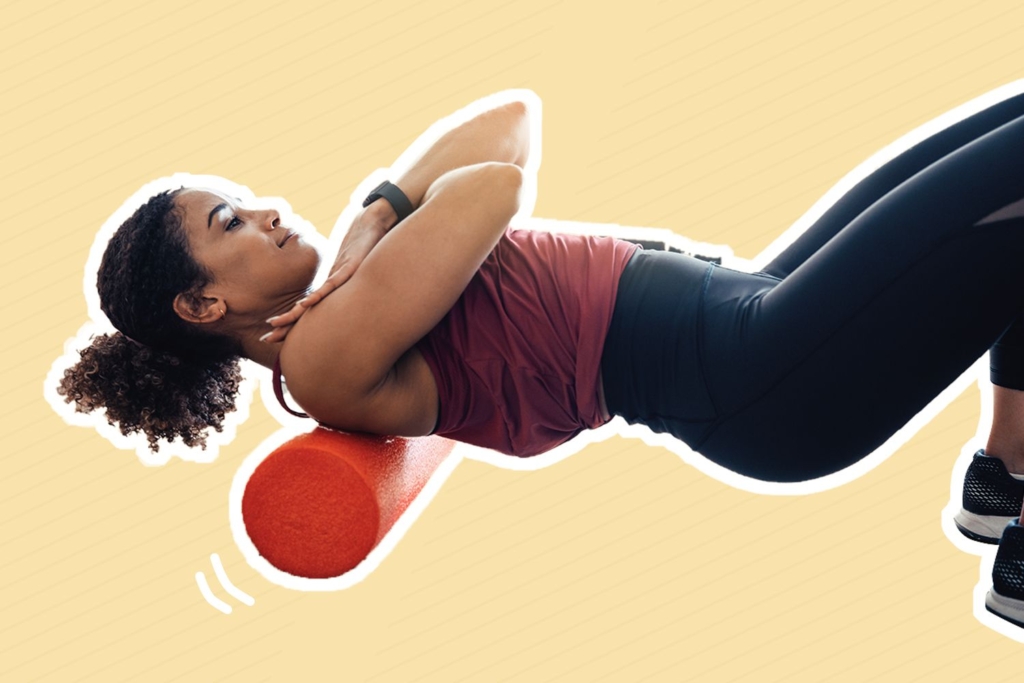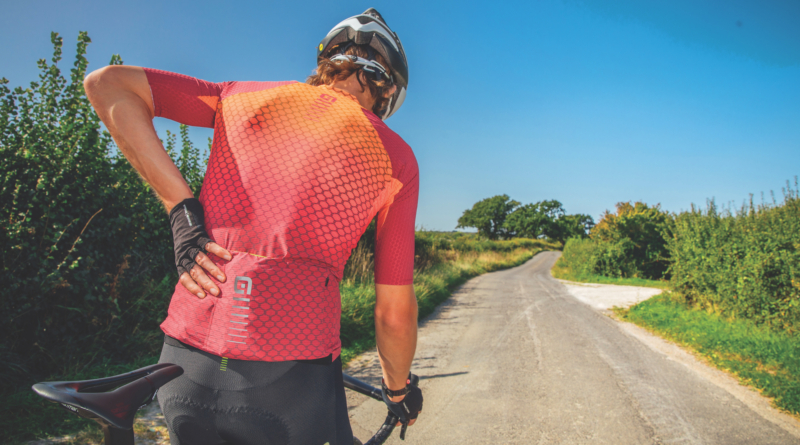5 Tips to Avoid Lower Back Pain During Cycling
Are you a cycling enthusiast dealing with a nagging ache in your lower back? It’s a more common scenario than you may think. Research indicates that over half of all cyclists will experience lower back pain at some point in their cycling journey. Let’s delve into this conundrum and unearth ways to eliminate that discomfort from your rides.
This common affliction amongst cyclists often stems from tightness in the anterior hip muscles – mainly the quads and hip flexors. The culprit? Our contemporary sedentary lifestyle, dominated by long hours of sitting. This posture can strain your lower back muscles, as it tilts the pelvis forward and inhibits your glutes from performing their designated role. As a result, lower back pain becomes an unwelcome guest during your rides.
You’d be surprised to know that your cycling posture can directly influence your standing posture, sometimes leading to a rounded upper back or pelvic tilt. These modifications may, in turn, result in discomfort both on and off the bike. However, don’t lose heart. Painful as it may be, most cyclists continue their rides, the pain being intermittent and resolving after cycling.
To make your rides smoother and free of lower back pain, here are five strategies, straight from the experts.
1. Ensure the Perfect Bike Fit

Cycling-related lower back pain is often tied to improper bike fit. It’s important to have your bike set up correctly for your body, as it can significantly reduce the load on your lumbar discs. Even a minor tweak like adjusting the handlebars could make a big difference. However, for all outdoor rides, it’s crucial to seek the guidance of an experienced bike fitter for correct adjustments throughout your bike.
2.Stretch it Out

Loosening your tight muscles is the first step towards alleviating back pain. Some exercises, like child’s pose and cat-cow, counteract the rounded shape your body assumes during cycling. A therapist-approved stretch, for example, could target your quads and hip flexors simultaneously, aiding in pain relief.
3. Find a foam roller

Pairing your post-ride stretches with foam rolling sessions can ease your aching back. Mobilizing the spine and lower limbs reduces stress on your lower back. A physical therapist’s analysis of your cycling posture can pinpoint areas to self-massage, like your quads, IT band, and psoas muscle.
4. Strengthen Training

With cycling often leading to weak glutes due to tight anterior muscles, strength training becomes imperative. It not only helps in strengthening your glutes and hamstrings but also ensures your core stability. Hip thrusts and core-stability exercises like planks and dead bugs can make a substantial difference in alleviating back pain.
5. Take rest days

Prevention and correction of back pain also involve ample rest. Incorporating rest days or low-intensity walks into your routine can have significant benefits for people dealing with lower back pain. Nevertheless, persistent back pain or symptoms extending to your legs may warrant medical attention.
Conclusion
Lower back pain need not be an inevitable part of your cycling journey. A blend of perfect bike fit, targeted stretches, foam rolling, strength training, and rest could make your rides more enjoyable and pain-free. So, put on your helmet, and let’s ride painlessly into the sunset!
